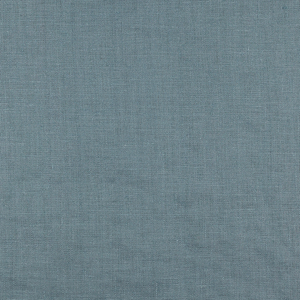You Are What You Wear
A truism often overlooked, Raghavendra Rathore knows it, protects it, loves it.
Through the ages, many wise men and women have decided a person’s fate with a quick turn of the phrase: “œYou are what you eat,” “œAll work and no play make Jack a dull boy,” “œGod helps those who help themselves.” But none seem to have the most immediate impact as the one involving clothes: “œYou are what you wear.”
On the exterior, the phrase seems to have little or no merit. It is senseless, irrational, humorous. Classifying a person by what he or she is wearing seems trite and superficial. Yet there are countless things that can be learned by an individual’s dress.  For instance, it is clear by looking at someone’s outfit whether he or she cares about cleanliness, fashion, or comfort. It can even give clues about an individual’s social status, worldview, sense of place in the world, and occupation. With this knowledge, renowned fashion designer Raghavendra Rathore’s statements about the importance of clothing should come with no surprise. But they are surprising nonetheless, likely because of the boldness with which he declares them.
For instance, it is clear by looking at someone’s outfit whether he or she cares about cleanliness, fashion, or comfort. It can even give clues about an individual’s social status, worldview, sense of place in the world, and occupation. With this knowledge, renowned fashion designer Raghavendra Rathore’s statements about the importance of clothing should come with no surprise. But they are surprising nonetheless, likely because of the boldness with which he declares them.
“œThe clothes that we wear disseminate an impression so strong that it becomes one with the character that we are,” Rathore states on his website. “œ[A]ll through our life we are branded by our look and when we are gone, people still remember us by the look.” Is life so simple as to be boiled down to a garment, an article of clothing put on in haste or damaged by a careless spill? Possibly. And if so, what better way to be memorialized than with light-as-air linen?
It’s not as if linen were some otherworldly fabric, fit only for the gods. Rather, linen is a fabric that belongs most to this world, being rooted in the Earth, consisting of earthy fabrics and earthy colors. As such, it only makes sense to be enjoyed by the mortals that inhabit this world. And Rathore works to bring linen to as many people who desire a unique and relaxed fit that makes a fashion statement simply by being what it is.
In his designs, it becomes evident that Rathore has a very strong background in India’s culture. In his execution, he holds both hands out to every culture in every land, a set of most friendly and open hands that tenderly offer linen. Yet Rathore, like the majority of fashion designers, does not create every article of clothing with linen. He creates the best pieces with linen, using the fabric on special pieces that require a special touch.
In doing this, Rathore makes it clear that linen will not be used in every article of clothing in every person’s closet. It may not even be worn on a daily basis. But when it is worn, when it is used to build a masterful blouse, skirt, or suit, it is something very unique and worthy of praise. When linen is used in clothing, it is not handled carelessly like cotton, but delicately, like the special and wonderful fabric that it is.











































Leave a comment